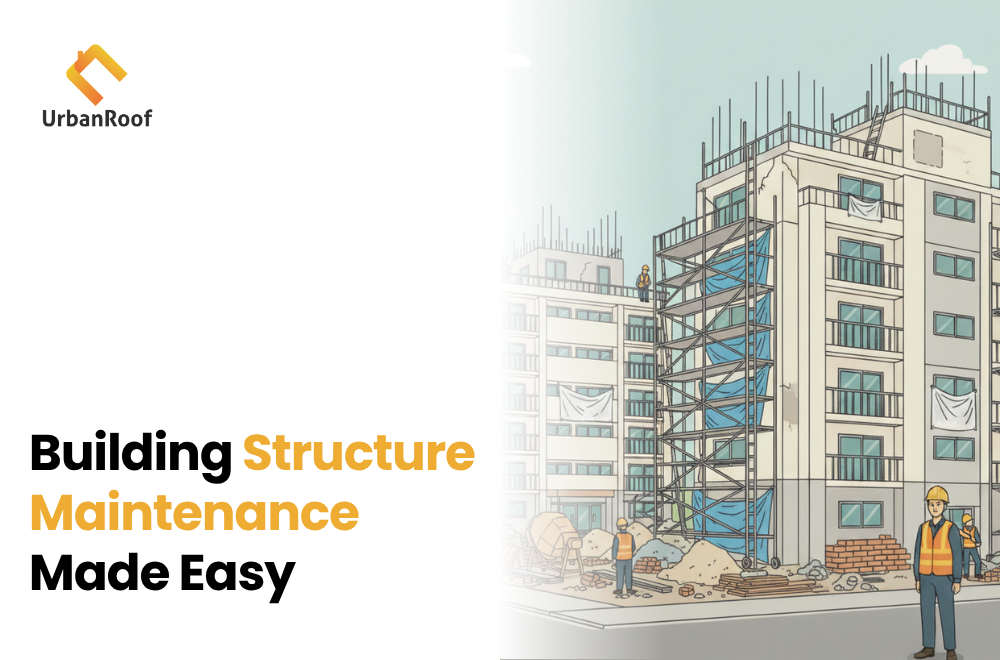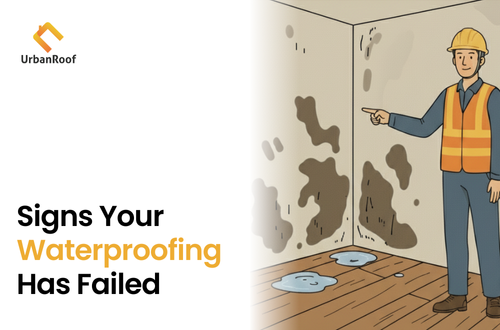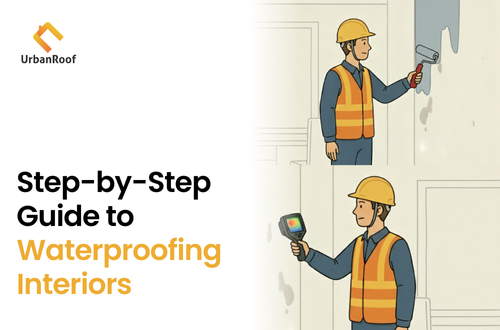Building Structure Maintenance Made Easy: Ensure the Safety and Durability of Your Housing Society
When was the last time you checked the condition of your housing society’s building structure?
For most housing societies, maintenance is often reactive — only done after a visible problem arises. Yet, the building’s structure, flats, and common areas are exposed to weathering, wear and tear, and potential damage over time. Ignoring regular maintenance can lead to costly repairs, safety risks, and reduced longevity of your property.
That’s where a proper Building Structure Maintenance Made Easy plan makes all the difference. By implementing preventive maintenance and timely inspections, housing societies can protect their investment, ensure resident safety, and prolong the lifespan of their buildings.
Why Regular Maintenance Matters
Buildings face a range of challenges — from heavy rains and monsoons to extreme heat, dust accumulation, and aging concrete. Each structural element requires attention:
- Facade and plaster: Cracks, peeling, and fading due to weather exposure
- RCC structure: Weakening over time due to stress, vibrations, or water seepage
- External paint: Fading and damage caused by sun, rain, and pollution
- Flat units: Plumbing leaks, bathroom or kitchen dampness, and wall damage
- Podium and common areas: Wear in driveways, parking areas, and playgrounds
- Outer plumbing connections: Leaks that can affect both interiors and exteriors
Without regular inspections, small issues escalate into expensive repairs or even structural hazards. Proactive maintenance ensures safety, reduces costs, and keeps your housing society visually appealing.
Key Elements of an Effective Maintenance Plan
1. External Facade and Plaster
The building’s exterior is the first line of defense against weather. Cracks, peeling, or damaged plaster weaken structural integrity. A professional inspection and timely repair keep your building safe and visually appealing.
2. External Paint
Paint is not just decorative; it protects surfaces from water, UV rays, and pollution. Regular repainting and touch-ups by trained professionals maintain durability and aesthetic appeal.
3. Top Terrace and Waterproofing
- Inspect existing waterproofing systems for cracks or wear
- Check parapet walls and terrace plaster conditions
- Random hammer-tap testing to identify weak spots
- Verify external plumbing connections to prevent leaks
4. Flat Units
Bathrooms, kitchens, windows, and balconies are prone to water damage and mold growth. Regular inspection of plumbing, paint, and interior walls prevents long-term deterioration and costly repairs.
5. RCC Structure
The reinforced concrete structure is the backbone of your building. Professional agencies check for cracks, spalling, or reinforcement corrosion to maintain safety and longevity.
6. Outer Plumbing Connections
Leaks in external plumbing affect both interiors and exteriors. Routine inspection ensures water flow is smooth, reduces seepage risks, and prevents mold growth.
7. Podium and Common Areas
Driveways, parking lots, gardens, and children’s play areas require maintenance to stay functional and safe. A professional agency can detect wear, cracks, and drainage issues before they become serious problems.
Benefits of Professional Inspections
Hiring trained agencies for Building Structure Maintenance Made Easy ensures accurate diagnosis and prioritized repairs:
- Early Problem Detection: Identify cracks, leaks, or structural weaknesses before they escalate
- Accurate Scope of Work: Professionals evaluate the exact repairs or treatment required
- Prioritized Action Plan: Focus on urgent repairs to prevent further damage
- Classified Recommendations: Implement effective solutions based on severity and precautionary measures
- Tracking and Record Keeping: Maintain logs of inspections, repairs, and warranties for future reference
DIY vs Professional Maintenance
While minor repairs like painting touch-ups or cleaning drains can be done in-house, professional inspections uncover hidden flaws such as structural cracks, waterproofing failures, and reinforcement corrosion. Relying solely on DIY measures can result in missed problems and higher long-term costs.
Tips for Housing Societies Between Inspections
- Keep drains, gutters, and terrace outlets clean
- Remove debris and stagnant water promptly
- Check parapet walls and balcony edges for hairline cracks
- Repair minor plaster or paint damage immediately
- Regularly monitor flat unit interiors for dampness or leaks
Conclusion
Building Structure Maintenance Made Easy is more than routine upkeep — it’s an investment in safety, durability, and long-term savings. Proactive inspections and timely repairs protect the building, residents, and property value. Housing societies that implement a structured maintenance plan experience fewer emergencies, lower costs, and improved resident satisfaction.
Take charge today: schedule professional inspections, prioritize preventive repairs, and ensure that your housing society remains safe, functional, and aesthetically appealing for decades to come.




